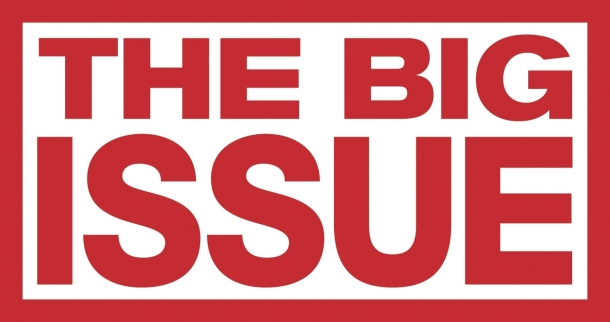
How many times have you attended a brainstorming session only to find that it did not deliver the intended outcome? By that, I mean the assembled group did not come up with any kind of ground-breaking ideas.
Next time you need to get a group of people together to try and solve a problem, follow the steps in the article below and you will be amazed at the ideas you are turning down, let alone the ones that have blown your mind!
Before you begin your session
Choose a DIVERSE group – 6-8 people is ideal. Think about the make up of the group, in terms of experience, understanding of the challenge and seniority. Consider inviting some provocative outsiders who might challenge conventional thinking.
Appoint a facilitator – ideally external to the group. Avoid appointing the manager or the most senior person in the room to this role as they cannot stop themselves from shaping the content.
Meet off-site – getting away from your normal place of work will help to break conventional thinking
Focus on one specific question or challenge — this will keep the group focussed on one thing at one time. If you have multiple questions or challenges to solve, you can host additional sessions that focus on these in particular.
Idea generation
Suspend judgement – no one is allowed to criticise or discuss and idea, this will stop the flow of ideas in their tracks. As ideas are expressed, simply capture them on post-its, flip charts or swaths of brown paper on the wall. Try to avoid using laptops for this as the visual clues will help to create other ideas and there is something about connecting pen to paper that forces your brain to mentally engage with the information.
Go for quantity – you need quantity of ideas to get to the quality ideas, so don’t stop until you have a large number – typically between 20-50 – or more if you are on a roll. If you are getting stuck, the facilitator should ask “What else?”, you will be amazed how long this question can keep getting asked.
Go beyond reason – don’t be afraid to go wild with your thinking. These ideas challenge boundaries and provoke other fresh ideas. It is easier to tame a wild idea than it is to inject some radical thinking into a banal one.
Build on other people’s ideas – when one person puts forward their idea for inclusion, encourage others to build on this with extensions, developments or specific ways to make it happen. Build people up rather than breaking them down.
Idea selection
Set criteria – make an initial list of the ideas using some broad criteria agreed with the group. For example, are you going to split up ideas into those that will improve the customer experience, eliminate waste from the process or that can be implemented at little cost within the next 90 days?
Discuss the short list – When you have reduced the list to between 10-12 GOOD ideas, then discuss them constructively. There might be a clear consensus or you might want to vote for the most popular. Create a short list of the best ideas.
 Assign actions – start the ball rolling by assigning follow-up actions for the best ideas. Add them to your list and make sure they are expedited.
Assign actions – start the ball rolling by assigning follow-up actions for the best ideas. Add them to your list and make sure they are expedited.
I wish you the best of luck with your next brainstorming session and can assure you that if you follow the steps above, you will not only come up with a short list of effective ideas, you will also have assigned people to actions to start to make things happen.
If you need some help with facilitation, just let me know, I would love to support you to reach your desired outcomes, whatever they may be.
#ideageneration #ideas #brainstorming










